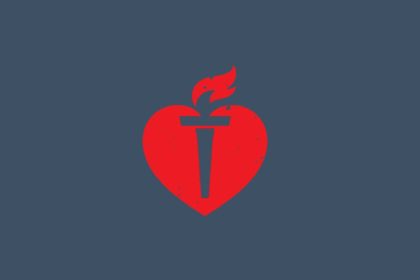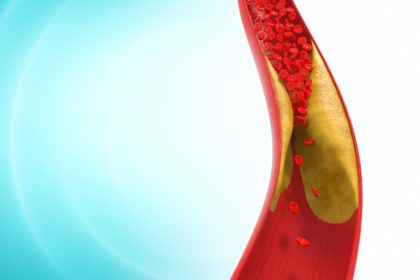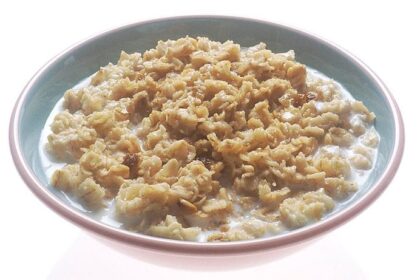If you’re at risk for cardiovascular disease or you just want to keep your heart healthy, you’ve probably been told to “watch your cholesterol”. The type of cholesterol that puts you at risk for plaque-lined arteries is LDL (the “bad” cholesterol) and diet plays an important role. How are you keeping your plumbing clog-free?
What is Plaque?
Plaque is a fatty, waxy substance made up of materials, such as fat, cholesterol, calcium, waste products from cells, and fibrin (a clotting agent). When plaque clogs your arteries, it can partially or totally block blood flow through ANY of your arteries, such as your pelvis, legs, arms, or kidneys — not just your heart and brain.

Atherosclerosis can precipitate various conditions, including:
- Coronary heart disease (plaque in arteries in or leading to the heart)
- Angina (chest pain from reduced blood flow to the heart muscle)
- Carotid artery disease and stroke (plaque in neck arteries supplying blood to the brain)
- Peripheral artery disease, or PAD (plaque in arteries of the extremities, especially the legs); hardening of arteries from excess LDL cholesterol can cause numbness in your legs or feet.
- Chronic kidney disease
What is Cholesterol?
Cholesterol itself isn’t bad. Your body needs cholesterol — it’s a fatty, waxy substance that:
- Makes hormones (e.g., estrogen, progesterone, testosterone)
- Makes vitamin D
- Makes digestive fluids
- Builds healthy cells
- Protects nerve cells
- Enables organs (such as your brain) to function properly
Your liver makes the cholesterol your body needs and some comes from the foods you eat. Cholesterol can’t dissolve in blood, so it’s enveloped by proteins which enable them to travel in your blood.

What is LDL?
The cholesterol that makes up plaque and builds up on the walls of your blood vessels is LDL or “low-density lipoprotein”. Too much LDL circulating in your blood increases your risk of a heart attack and stroke, so it’s known as the “bad cholesterol”.
Basically, LDL is a ‘microscopic blob’ with a cholesterol center packaged inside of protein. These protein packages are called “lipoproteins”. But LDL’s don’t just carry cholesterol, they also carry triglycerides, fat-soluble vitamins, and antioxidants.
Why You Need LDL
Think of LDL’s as your Uber driver within your body. The function of LDL is to deliver cholesterol and nutrients to your cells and tissues, where it makes steroid hormones and is used in membranes.
Risk Factors of High Levels of Bad Cholesterol
- Overweight. Having a body mass index (BMI) of 30 or greater puts you at risk of high cholesterol.
- Lack of exercise. Exercise helps boost your body’s HDL, or “good,” cholesterol while increasing the size of the particles that make up your LDL, or “bad,” cholesterol, which makes it less harmful. When particles are small, they are better at burrowing into the walls of your arteries than larger LDL particles whereby setting up the conditions to form plaque. Exercise makes small dense LDL particles become larger, fluffier, and more buoyant.
- Diabetes and smoking. Circulating blood sugar and cigarette smoking damage the walls of your blood vessels, making them more prone to accumulate fatty deposits. Smoking might also lower your level of HDL or “good” cholesterol.
- Age. Because your body’s chemistry changes as you age, your risk of high cholesterol climbs. For instance, as you age, your liver becomes less able to remove LDL cholesterol.
- Poor diet. Eating saturated fat, found in animal products, and trans fats* (found in some commercially baked cookies and crackers, canned biscuits and doughs, nondairy creamers, deep fried food, and microwave popcorn) can raise your cholesterol level. Foods that are high in cholesterol, such as red meat and full-fat dairy products, will also increase your cholesterol.
*Trans fat is formed industrially by adding hydrogen to vegetable oil. This causes the oil to become solid at room temperature and makes it less likely to go rancid. Trans fats are used to increase the shelf life of processed foods.
Part 2…Foods that Sop Up Bad Cholesterol
Read on about what foods to eat that lower LDL: Foods that Sop Up Bad Cholesterol






